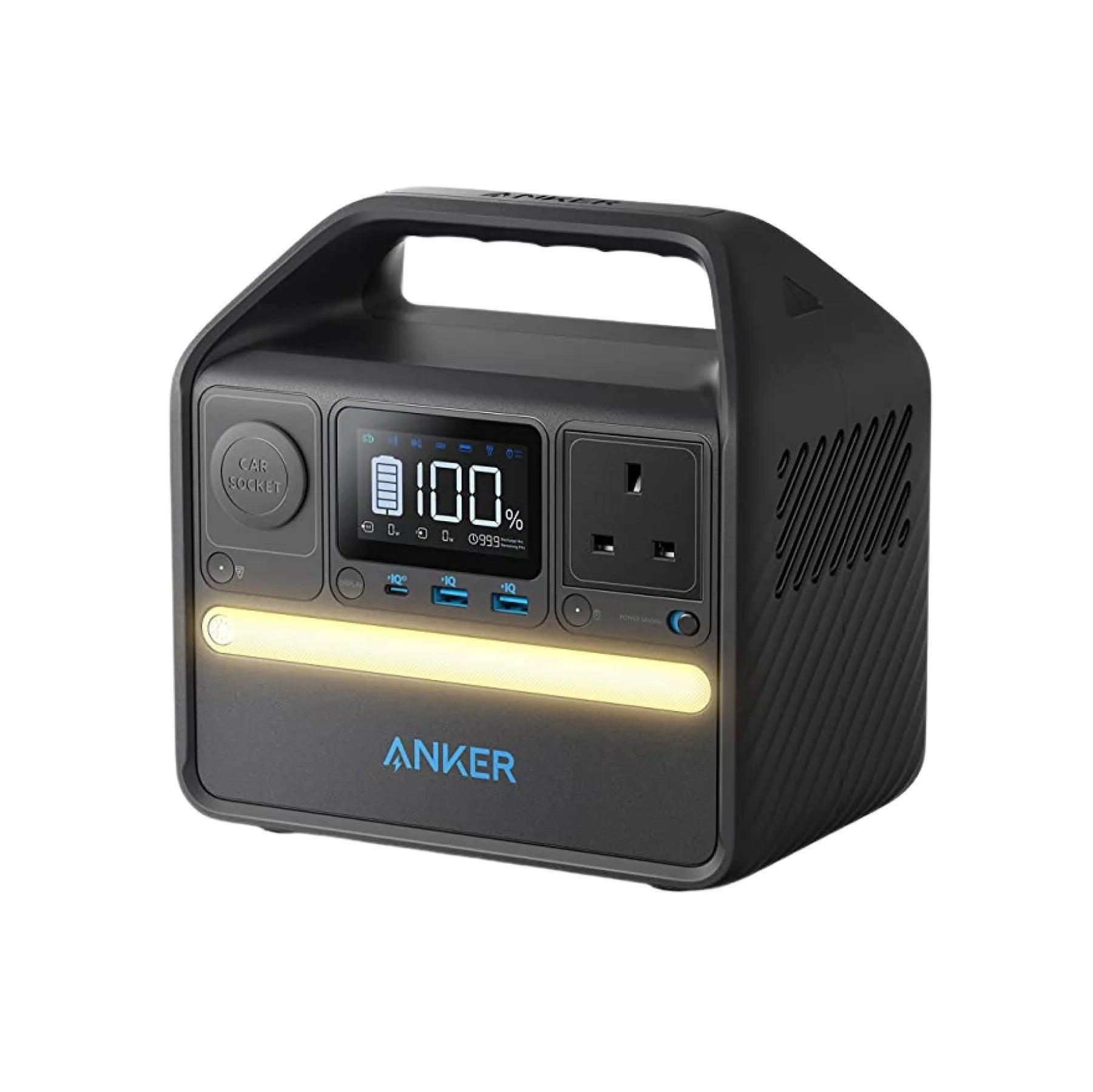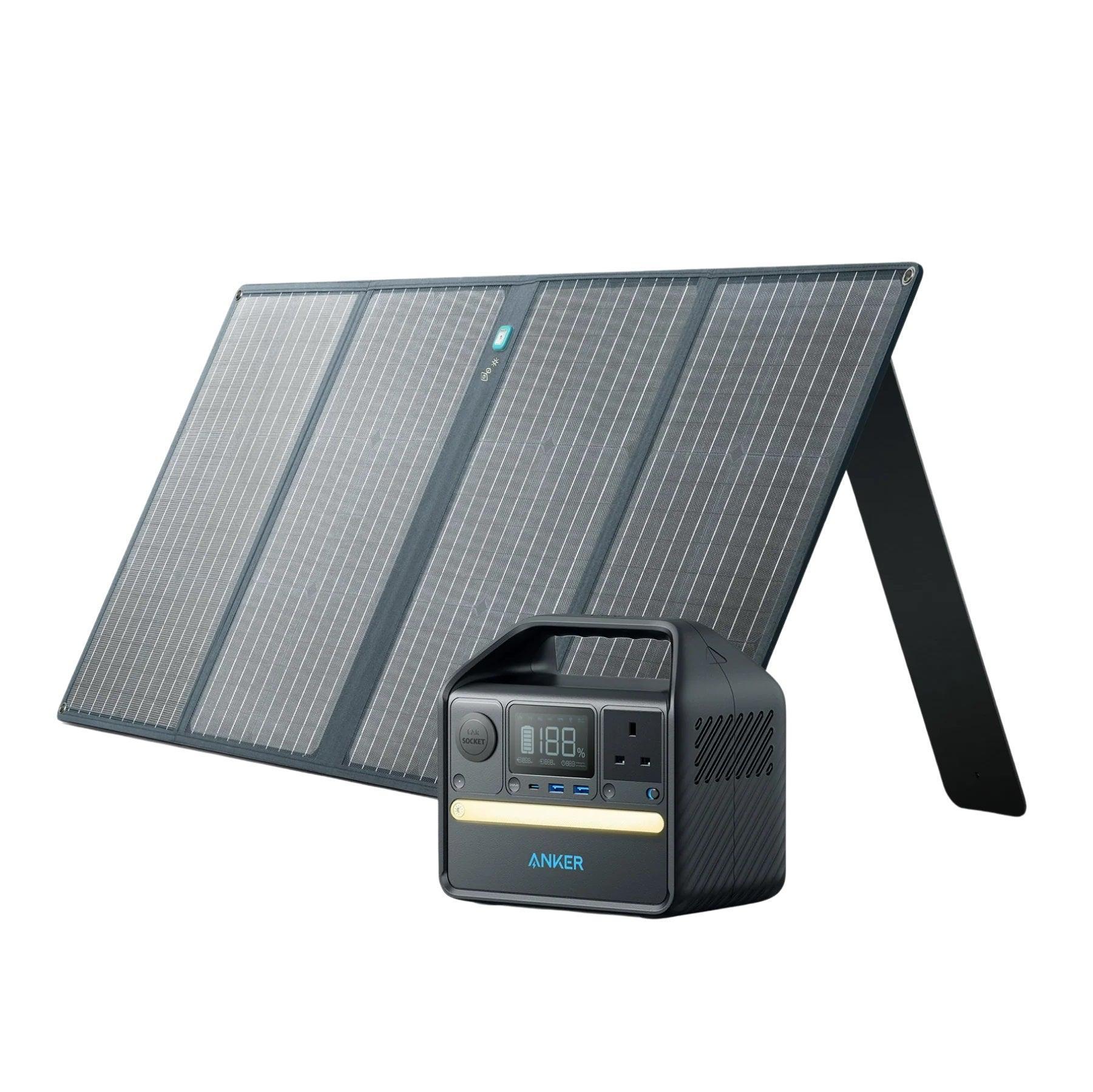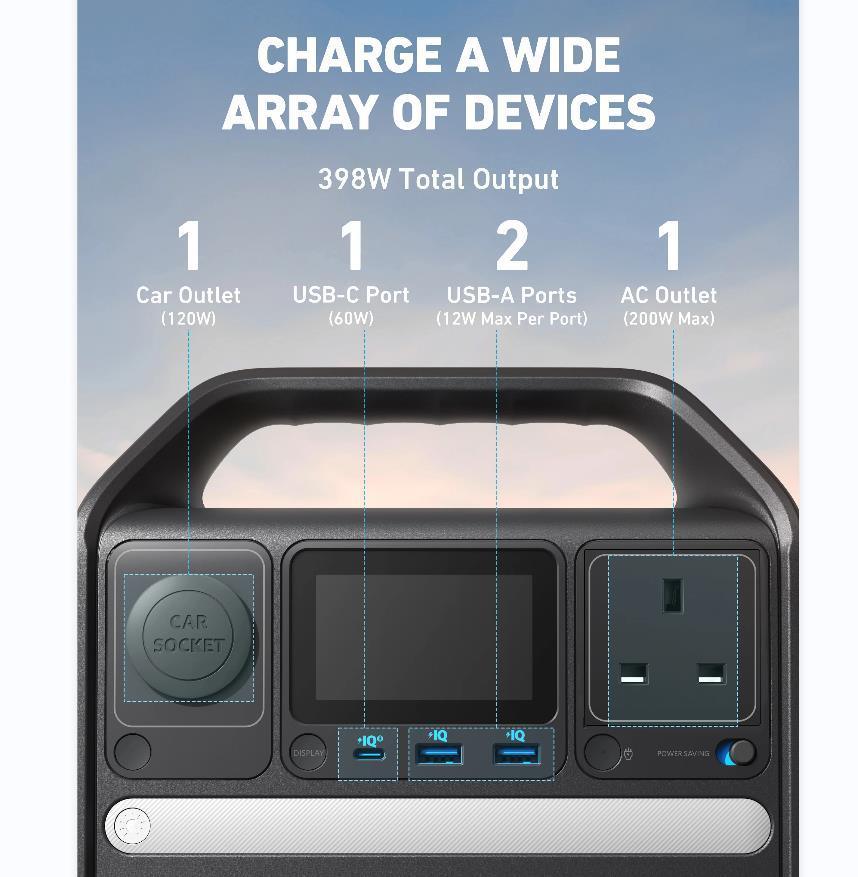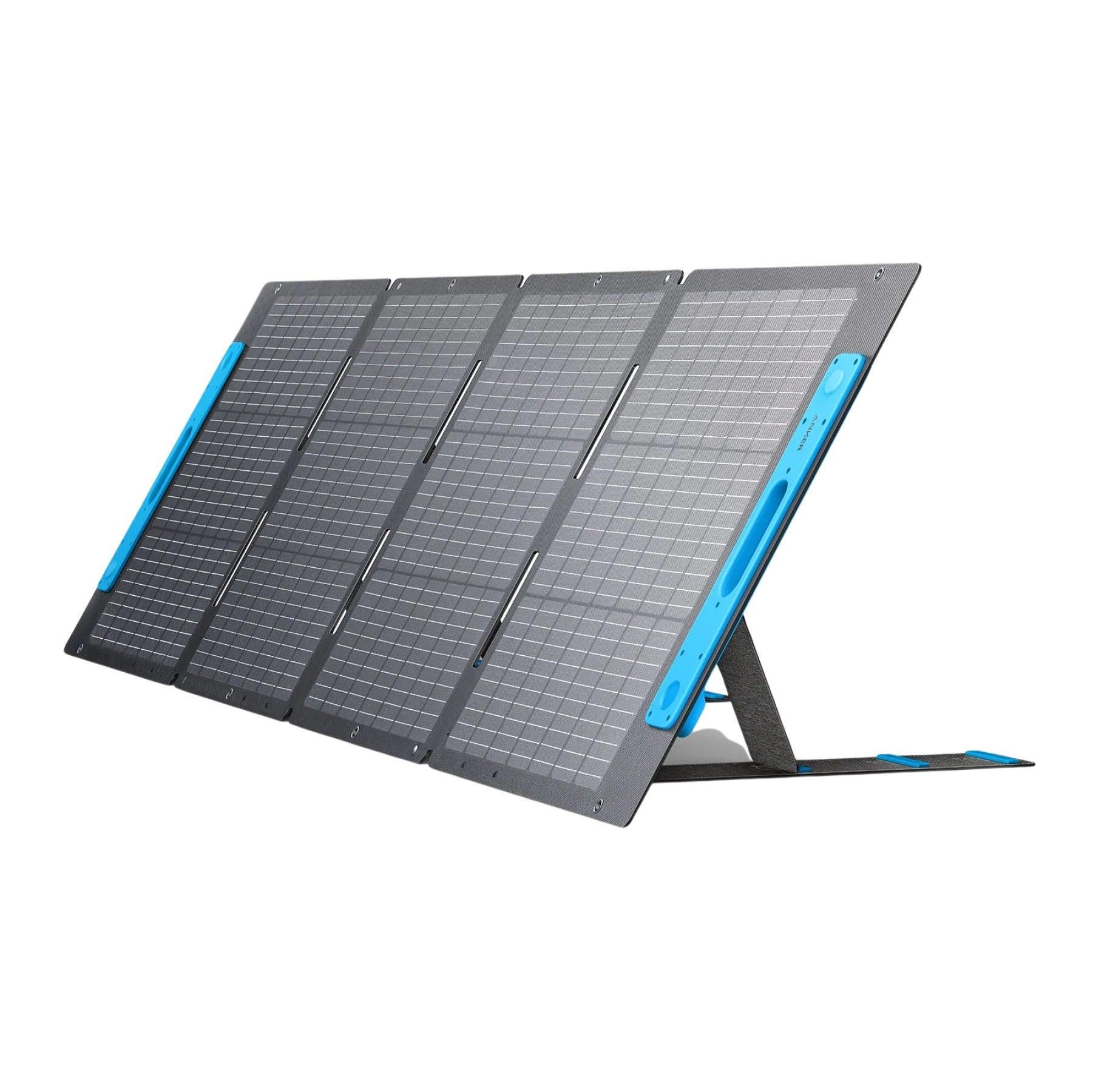It's an understanding that all homeowners dread: a power outage. Suddenly living without electricity is both inconvenient and disruptive to your routine. Power outages vary in severity from milli-seconds all the way up until days before full service is restored. To be prepared for whatever happens you should know what causes a power outage as well as how to assess its intensity and duration so you can plan ahead with appropriate safety measures. In this blog post, we will discuss how long does a power outage last and important anticipatory steps that every homeowner should have on their radar prior to any potential short or extended period of time without electricity.

What Causes Power Outage?

Power outages can be caused by a variety of factors, ranging from natural occurrences to human-related incidents. Understanding the cause of an outage is crucial, as it provides a rough answer in your mind to “when will the power be back on in my area”. Here are some common causes of power outages:
Weather-Related Causes:
- Storms: Severe storms, including thunderstorms, hurricanes, and tornadoes, can bring down power lines, damage equipment, and disrupt the electrical grid.
- High Winds: Strong winds can cause trees and debris to fall onto power lines, causing them to snap or become damaged.
- Ice and Snow: Accumulation of ice and heavy snow can weigh down power lines and trees, leading to their collapse.
- Lightning: Lightning strikes can directly hit power lines, transformers, or other electrical infrastructure, causing damage and outages.
- Flooding: Floodwaters can damage electrical substations, equipment, and power lines, leading to outages.
Equipment Failures:
- Transformer Failures: Transformers play a crucial role in the power distribution process. Malfunctions or overheating can lead to widespread outages.
- Circuit Breaker Failures: Faulty circuit breakers can trip and disrupt the flow of electricity.
- Aging Infrastructure: Aging power lines, substations, and equipment are more prone to failures and breakdowns.
Human Factors:
- Construction and Excavation: Accidental damage to underground cables or overhead power lines during construction or excavation can cause outages.
- Vandalism: Deliberate acts of vandalism or theft of copper and other valuable materials from electrical infrastructure can lead to disruptions.
- Human Error: Mistakes made during maintenance, repairs, or operations of power systems can trigger outages.
Grid Overload or Imbalance:
- High Demand: During periods of high electricity consumption, such as extreme weather conditions, the electrical grid may struggle to meet the demand, leading to overloads and potential blackouts.
- Grid Imbalance: Fluctuations in the balance between power generation and consumption can cause disruptions in the grid.
Wildfires:
- Vegetation Contact: Overgrown vegetation, especially in dry and wildfire-prone areas, can come into contact with power lines and start wildfires that lead to power outages.
- Preventive Measures: Utility companies may proactively shut off power in wildfire-prone regions to reduce the risk of power lines sparking fires during windy and dry conditions.
Geopolitical and Cyber Threats:
- Cyberattacks: Malicious actors targeting the electrical grid's control systems can cause disruptions and outages.
- Terrorism: Deliberate attacks on power infrastructure could lead to significant power outages.
It's important to note that how long does a blackout last can vary in scale from localized incidents affecting a few homes to widespread regional or even national blackouts.
Assess and Fix the Power Outage Damage

Assessing and fixing power outage damage involves both utility companies and individuals working together to restore electricity and minimize disruptions. Here's a breakdown of the steps each party can take:
Utility Company:
1. Response and Assessment:
- Quickly respond to reports of outages and assess the extent of the damage.
- Identify the cause of the outage, whether it's weather-related, equipment failure, or other issues.
- Dispatch crews to affected areas for on-site evaluation and repairs.
2. Repair and Restoration:
- Prioritize critical infrastructure such as hospitals, emergency services, and communication networks.
- Repair or replace damaged equipment, transformers, and power lines.
3. Communication:
- Establish clear communication channels to receive outage reports from customers.
- Provide estimated restoration times and updates to customers as repairs progress.
- Collaborate with local government agencies and emergency services to coordinate response efforts.
Individuals:
1. Safety First:
- Ensure the safety of yourself and your family during the outage.
- Use flashlights and battery-powered lighting sources instead of candles to prevent fire hazards.
- Avoid operating gas generators indoors due to the risk of carbon monoxide poisoning.
2. Check for Localized Issues:
- Check your circuit breaker panel to make sure a tripped breaker is not the cause of the outage within your home.
- If your neighbors have power and you do not, the issue might be within your property.
3. Report the Outage:
Contact the utility company to report the outage, providing your address and any relevant information.
4. Preserve Food and Medication:
- Keep refrigerator and freezer doors closed as much as possible to maintain temperature and preserve food.
- If the outage is expected to last a long time, consider moving perishable items to a cooler with ice.
5. Unplug Appliances:
Unplug sensitive electronics and appliances to protect them from power surges when the electricity is restored.
By following these steps, utility companies and individuals can efficiently assess and fix the damage caused by power outages, contributing to a smoother recovery process and minimizing the impact on affected areas.
How Do I Find Out If There Is a Power Cut in My Area?

Discovering if there's a power outage in your locality is crucial for staying informed and prepared. Here are several methods on how to check for power outage in my area:
Check Utility Company's Website:
Most utility companies have dedicated websites or online portals that provide real-time information about current outages. Visit your utility company's website and navigate to the outage section, where you can input your location or view an outage map to identify affected areas.
Use Utility Company's Mobile App:
Many utility companies offer mobile apps that allow customers to track outages. Download and install the app on your smartphone, and then use it to receive notifications, view outage maps, and get updates on when does the power come back on.
Call the Utility Company:
Dial the customer service number provided by your utility company. This number is usually listed on your electricity bill or the company's website. Inform the customer service representative about the outage and provide your location for accurate information.
Check Social Media:
Follow your utility company's social media accounts for real-time updates. Companies often use platforms like Twitter or Facebook to communicate outage information and restoration progress.
Online Outage Maps:
Third-party websites and apps might offer interactive outage maps that aggregate data from multiple utility companies. These platforms can show you outage patterns and affected areas on a larger scale.
Neighborhood Apps and Forums:
Use neighborhood apps or online community forums to connect with neighbors. Others in your area might share information about how long will the power be out.
Radio and Local News:
Tune in to local radio stations or watch local news broadcasts for updates on power outages, especially during severe weather events or larger disruptions.
Text Message Alerts:
Some utility companies offer text message alerts for outages. Register your phone number with your utility provider to receive timely notifications.
By utilizing these methods, you can quickly determine whether a power cut is affecting your area and make informed decisions about how to respond and prepare for the outage.
How to Prepare for a Power Outage?
Being well-prepared for a power outage can make a significant difference in how you and your family handle the situation. Here's a guide on how to get ready for potential power interruptions:
Create an Emergency Kit:
Assemble a comprehensive emergency kit that includes essential items like water, non-perishable food, a battery-powered or hand-crank radio, flashlights, extra batteries, a first aid kit, prescription medications, and basic hygiene supplies.
Invest Backup Power Sources:
Invest in a solar generator or portable power station. These devices harness solar energy to generate power, offering a sustainable solution for powering essential electronics, medical devices, and lighting during extended outages.
Charge Devices and Maintain Communication:
Keep your cell phones, laptops, and other communication devices fully charged. A solar generator or portable power station can help maintain connectivity by charging these devices, ensuring you can stay informed and communicate with others.
Preserve Refrigerated Items:
Adjust your refrigerator and freezer settings to the coldest temperatures before an outage. If you have a solar generator or portable power station, you can use it to power a small refrigerator or cooler, helping to maintain the freshness of perishable items for a longer duration.
Stay Informed and Educate Family:
Keep a battery-powered or hand-crank radio on hand to stay updated on news and emergency alerts. Educate your family about the importance of conserving power and using backup resources efficiently during an outage.
By focusing on these methods and incorporating a solar generator or portable power station as part of your backup plan, you can effectively prepare for a power outage and ensure you have the necessary resources to maintain comfort, safety, and communication during challenging times.
Conclusion
In conclusion, when a power outage occurs, it is important to stay informed and proactive about the situation. Knowing the typical length of a power outage in your area can help you prepare in advance. It is equally essential to ensure safety during outages, including storing food properly and having a backup plan for the power supply. If you are uncertain how long the outage will last, contact your local utility company for more information. Power outages have far-reaching implications, so preparing properly beforehand can save time and hassle while keeping you safe.























